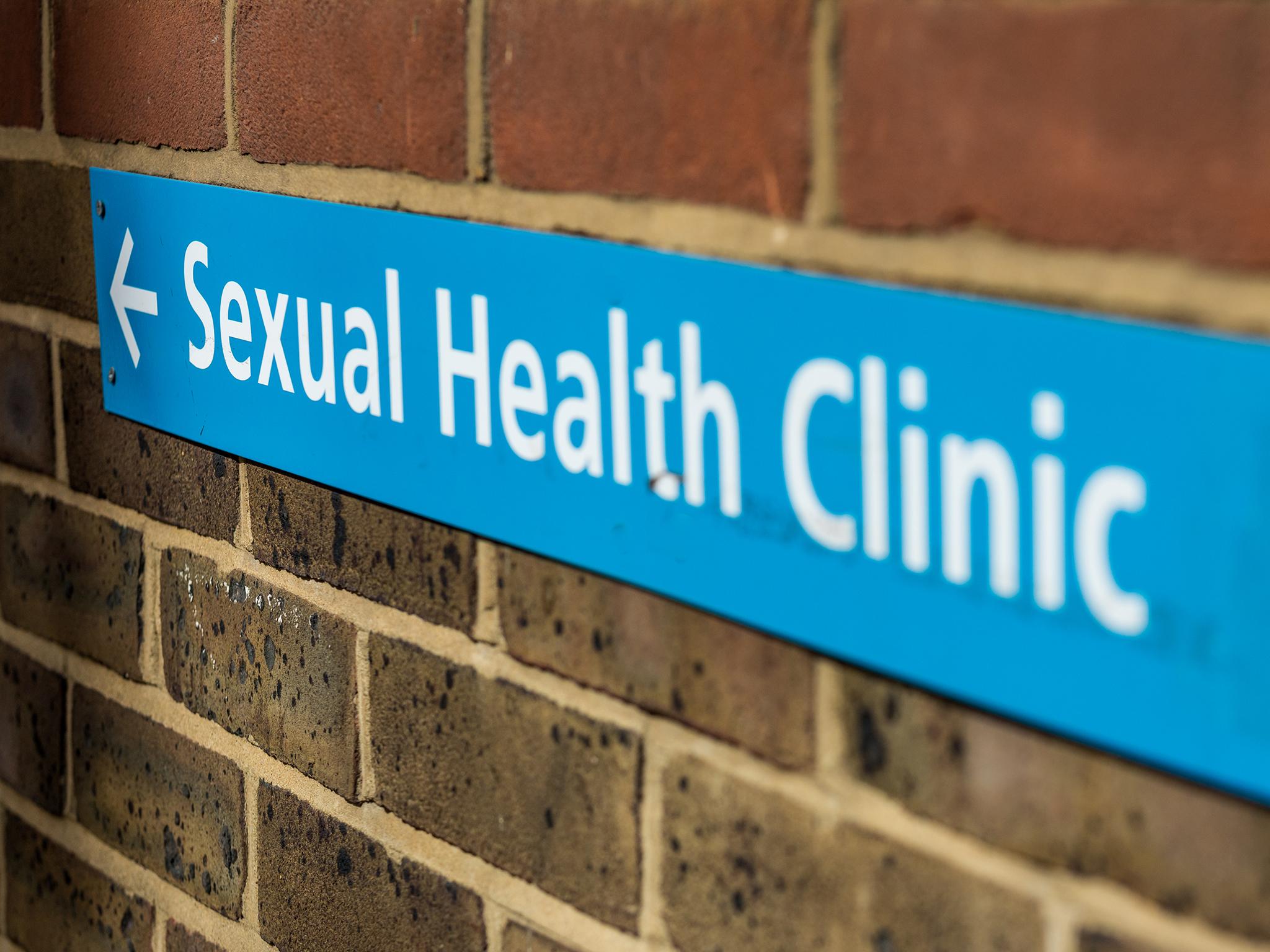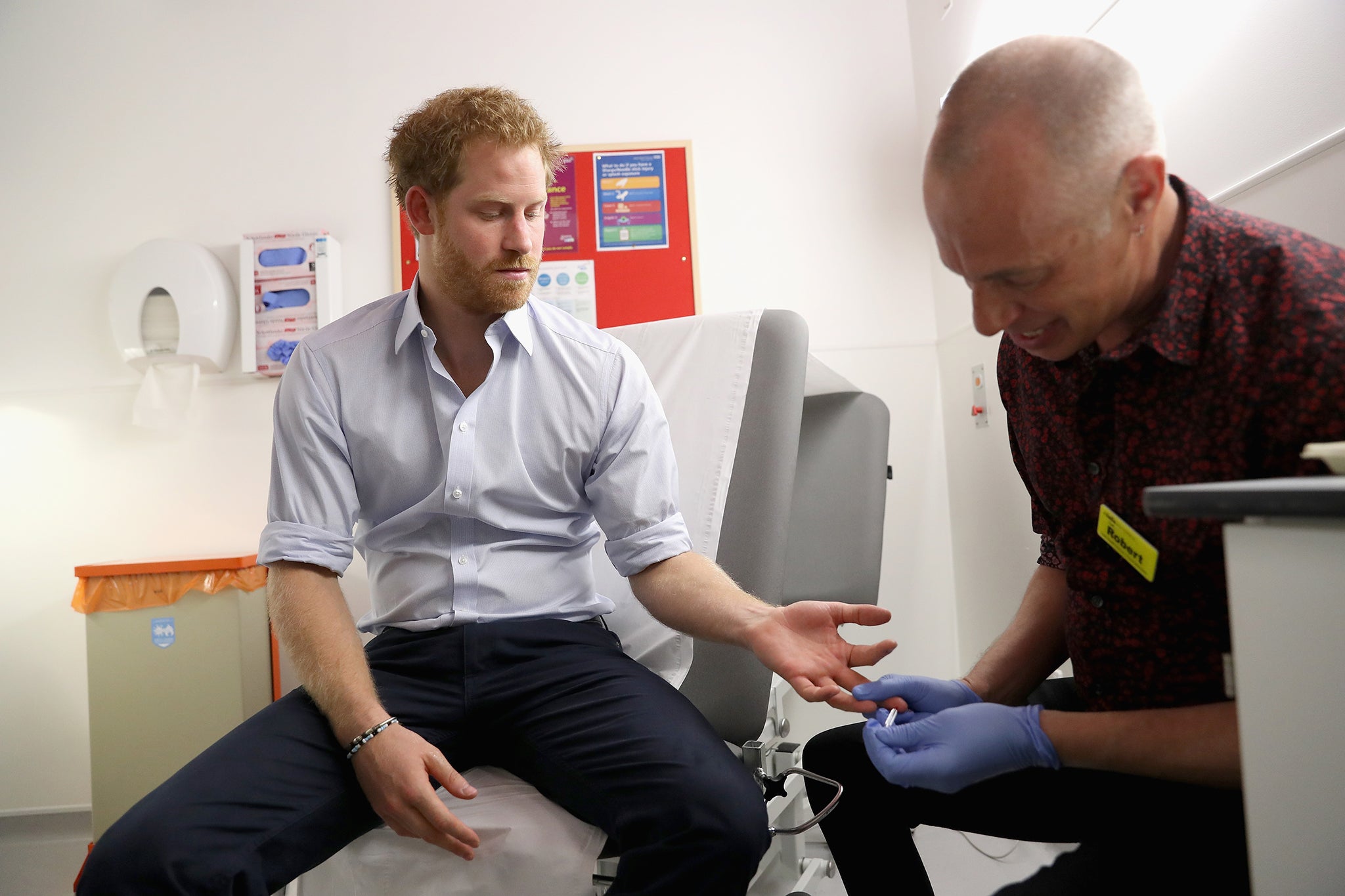Sexually transmitted infections are the last taboo for women
We live in an era of sex positivity – until we get positive test results. And that’s unfortunate, says Jen Gunter, because STIs are on the rise

As an obstetrician and gynaecologist, I get a lot of panicked calls and direct messages on social media – sometimes from acquaintances, sometimes from complete strangers – about gynaecological matters. Smear tests, missed periods and hot flushes are my bread and butter. Also common: abortion complications, lost condoms and misadventures with food.
I think people contact me directly because they don’t have access to healthcare; because they are embarrassed and think (erroneously) they are the only ones to experience such a misadventure; because they worry their providers will be judgemental (sadly, this is not uncommon); because there is so much misinformation online that it is hard to separate the good from the bad; or simply because they’re really scared and it’s 3am and just maybe I’ll answer.
I’m proud that people confide in me, not just as a medical professional, but also as a non-judgemental person. It seems that almost nothing is off the table.
Except one thing: sexually transmitted infections (STIs).
In almost 30 years of specialising in gynaecology and obstetrics, I have been asked only twice about STIs outside of the office.
It seems STIs are one of the last taboos.
I don’t need to tell you that we live in an era of easy access to sex: pornography is a click away and often free. Full-frontal nudity and graphically simulated sex scenes are part of many television shows and movies. Popular magazines for women have explicit articles on fellatio and anal sex. People are very specific on dating apps about looking for hook-ups.
I want to be clear that none of this is wrong. You like what you like, whether that is how you choose to be entertained, your fantasies or the way you engage sexually. If it’s all consensual, it’s all good.
We are also able to talk more publicly about other aspects of sex, like contraception choices and abortion (#ShoutYourAbortion is one of many hashtags). And yet there seems to be a hard line at STIs.
What makes this especially surprising is that STIs are so ubiquitous. Consider that 50 per cent of sexually active people will have at least one STI by age 25 (HPV is the most common) and there are more than 110 million new and existing STI cases each year in the United States. People are clearly not shy sharing with me, so the only logical conclusion is the sexual revolution stopped short of liberating people from the shame and stigma of sexually transmitted infections.
I see this reflected in my day-to-day work. No diagnosis, apart from cancer, can as reliably bring a woman to tears as an STI. Especially when it’s herpes. (For some reason, and I don’t know the definitive answer, there is a lot of stigma around herpes. In 1982, Time magazine touted it as “Today’s Scarlet Letter” on a cover.)
Not much has changed in the past four decades. I have been a specialist in women’s health with a focus on infectious diseases for 24 years, and the conversations I have about herpes (or trichomoniasis or gonorrhea or chlamydia – other common STIs) have not changed.
Why should it be any more shameful to catch an infection from sex than it is from shaking hands, a kiss or being coughed upon? Why is it shameful to have genital herpes, even though more people have oral herpes and everyone can see those outbreaks?
An STI somehow makes many woman feel as if they are damaged goods. In many ways our society still thinks of women as “loose” when they have sex before a certain age or if they have multiple partners. That construct never seems to apply to straight men. It is also women who bear the fertility and pregnancy ramifications of STIs.
The viral STIs that persist seem to hit people the hardest. The idea of an infection that you can’t get rid of is very challenging for many people to accept.
Consider the contrasting reactions to infection with human papilloma virus (HPV), the cause of cervical cancer and genital warts (as well as some vaginal, vulvar, oral and anal cancers), versus the diagnosis of Epstein Barr virus (EBV), the cause of glandular fever.
Biologically the viruses are very similar. They can persist for years, hibernating in cells. They can both reactivate – wake up, if you will – and this causes people to shed the virus and hence spread it unknowingly.

Many people may never know they even had the infection to begin with, or if they did they do not know they are shedding the virus and hence are infectious. This phenomenon is called asymptomatic transmission, and is how we mostly pass these infections to other people.
(As an aside, people typically don’t transmit STIs knowingly. Most people have the decency not to have sex when they have a visible sore, for instance, just as they know not to shake hands when they have a killer cold.)
Despite the basic biological similarities between HPV and EBV, it is only HPV that is associated with shame. It is HPV that is the virus transmitted by sex, genital contact and oral sex, while EBV is close contact and kissing.
Why should it be any more shameful to catch an infection from sex than it is from shaking hands, a kiss or being coughed upon? Why is it shameful to have genital herpes, even though more people have oral herpes and everyone can see those outbreaks?
I suspect it is because shame and stigma are effective weapons of control that have been used throughout history to marginalise women, people of colour and the LGBT+ community. STIs are generally higher in these groups: a combination of biology, as transmission to the cervix, vagina and rectum is easiest for most STIs, and traditionally people in these groups have less access to healthcare because of economic marginalisation or prejudice, which leads to less access to screening and treatment.
In the 1800s when an indigent person had the “pox” (either syphilis or gonorrhea; diagnostics to distinguish reliably between the two did not exist at the time), a public declaration was required for assistance from the churchwardens. Men and women with the same afflictions were sent to different places – women to a workhouse and men to a hospital.

Those with money could, of course, avoid public disclosure altogether and obtain medical care.
In many ways the public shame and stigma has remained unchanged. Economic disadvantage prevents many from screening and treatment. People wishing to protect themselves from STIs through safer sex practices – especially those who are not cisgendered white heterosexual men – can be falsely labelled promiscuous or dirty (whatever that means). Or both.
Those words can be thrown at them by their partners, their community, strangers online and even via stigmatising interactions with healthcare professionals.
The consequence is that many STIs are on the rise. Between 2013 and 2017 (the last year for data) the number of cases of gonorrhea has increased by 67 per cent and syphilis by 76 per cent.
And while the rates of new diagnosis of HIV are stable, there are still more than 30,000 cases of new HIV infections acquired sexually each year in the United States, almost every one of them preventable with pre-exposure prophylaxis (Prep). The only bright spot is the reduction in HPV-related infections because of vaccination.
Having an STI should have the same stigma as having influenza, meaning none. Making people ashamed or judging them for their choices simply means they are less likely to be screened, treated and get the care that can prevent infections and save lives.
I don’t want that for anyone.
© New York Times
Join our commenting forum
Join thought-provoking conversations, follow other Independent readers and see their replies
Comments